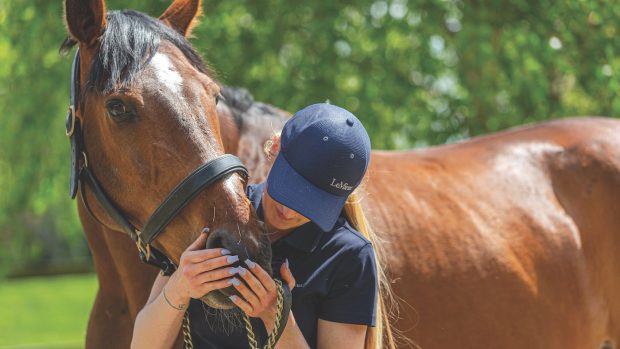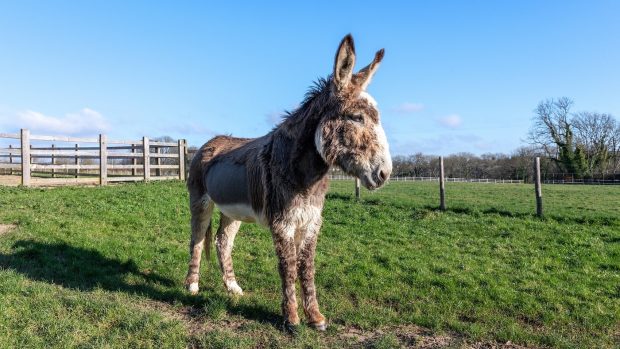I was recently asked if there is a link between the restricted feeding of forage such as haylage and the rate of colic in dressage horses.
It is not uncommon to hear of colic in high-profile competition horses, but neither is it the norm. The basic fact that the horse competes means there is an increased risk of colic.
While horses may be large, their digestive systems are delicate and reliant to a great extent on fibre, something not always in abundant supply in competition horses’ diets.
Whether or not a horse gets into a danger zone for a bout of colic ultimately depends on how well it is managed.
The big continental breeds so popular in dressage tend to hold their weight well. This, combined with the demand for absolute, controlled power in dressage, means that a rider might be tempted to cut the forage to control weight, and then make most use of starch-rich feeds, such as oats or barley, to increase the sparkle.
This is in addition to the fact that turnout doesn’t seem to be a popular concept for dressage horses. Turnout provides a chance for your horse to relax, de-stress, nibble some fibre and expel digestive gas build-up.
A reduced fibre intake, for instance through a low-haylage/no grass diet, can affect a horse’s health. The incidence of gastric ulcers, efficient hindgut function and mental health (since low forage means a horse is eating for less time through the day), are all affected by fibre and the extended eating time it provides.
Gastric ulcers can cause the discomfort and irritation that make a horse look colicky; they have also been linked to the development of stereotypical behaviours that themselves are associated with colic.
Finally, fundamental drops in fibre supply affect hindgut function. This latter effect of low fibre, if combined with a high-starch diet, could easily tip the balance of hindgut conditions to cause colic.
Fibre facts
- For a 600kg horse, the daily haylage intake when in work should be in the region of 12-18lb per day. This will help to keep your horse’s hindgut healthy
- An additional scoop of oats (800g) per day, fed to improve presence, adds nearly 400g (1lb) of starch to the diet. If this coincides with a drop in forage, the most likely place this starch will end up is the hindgut, which could lead to problems
- Find other ways to feed fibre: in the compound feed or as short-chop chaff-fibre products
Ruth Bishop’s feed forum feature was first published in Horse & Hound (31 March, ’05)




